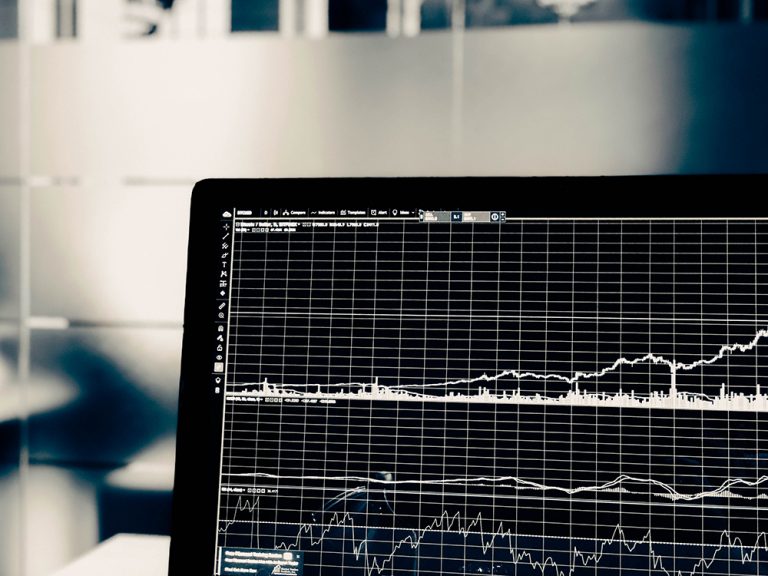Many people like trading foreign currencies on the foreign exchange (forex) market because it requires the least amount of capital to start day trading. Forex trades 24 hours a day during the week and offers a lot of profit potential due to the leverage provided by forex brokers.
Forex trading can be extremely volatile and an inexperienced trader can lose substantial sums.
It’s Crucial to Hedge Your Losses
Every successful forex day trader manages their risk; it is one of, if not the most, crucial elements of ongoing profitability. To start, you must keep your risk on each trade very small, and 1% or less is typical. This means if you have a $3,000 account, you shouldn’t lose more than $30 on a single trade.
Risk is managed using a stop-loss order, which will be discussed in the Scenario sections below. While a strategy can potentially have many components and can be analyzed for profitability in various ways, a strategy is often ranked based on its win-rate and risk/reward ratio. Your win rate represents the number of trades you win out a given total number of trades.
While it isn’t required, having a win rate above 50 percent is ideal for most day traders, and 55 percent is acceptable and attainable. Risk/reward signifies how much capital is being risked to attain a certain profit. If a trader loses 10 pips on losing trades but makes 15 on winning trades, she is making more on the winners than she’s losing on losers.
Therefore, making more on winning trades is also a strategic component for which many forex day traders strive. A higher win rate for trades means more flexibility with your risk/reward, and a high risk/reward means your win rate can be lower and you’d still be profitable. Assume a trader has $5,000 in capital funds, and they have a decent win rate of 55% on their trades.
This is accomplished by using a stop-loss order. For this scenario, a stop-loss order is placed 5 pips away from the trade entry price, and a target is placed 8 pips away. This means that the potential reward for each trade is 1.6 times greater than the risk (8 pips divided by 5 pips).
What is a Standard Leverage in Forex Trading?
While trading a forex pair for two hours during an active time of day it’s usually possible to make about five round turn trades (round turn includes entry and exit) using the above parameters. If there are 20 trading days in a month, the trader is making 100 trades, on average, in a month.
For this example, assume the trader is using 30:1 leverage, as usually that is more than enough leverage for forex day traders. Since the trader has $5,000, and leverage is 30:1, the trader is able to take positions worth up to $150,000. Risk is still based on the original $5,000; this keeps the risk limited to a small portion of the deposited capital.
ECN brokers offer a very small spread, making it easier to trade profitably, but they typically charge about $2.50 for every $100,000 traded ($5 round turn). If you’re day trading a currency pair like the USD/CAD, you can risk $50 on each trade, and each pip of movement is worth $10 with a standard lot (100,000 units worth of currency).
That also means a winning trade is worth $80 (8 pips x $10). This estimate can show how much a forex day trader could make in a month by executing 100 trades: 55 trades were profitable: 55 x $80 = $4,40045 trades were losers: 45 x ($50) = ($2,250) Gross profit is $4,400 – $2,250 = $2,150 if no commissions (win rate would likely be lower though) Net profit is $2,150 – $500 = $1, 650 if using a commission broker (win rate would be like be higher though) Assuming a net profit of $1,650, the return on the account for the month is 33 percent ($1,650 divided by $5,000).
Accounting for Slippage
To account for slippage in the calculation of your potential profit, reduce the net profit by 10% (this is a high estimate for slippage, assuming you avoid holding through major economic data releases). This would reduce the net profit potential generated by your $5,000 trading capital to $1,485 per month.
This simple risk-controlled strategy indicates that with a 55% win rate, and making more on winners than you lose on losing trades, it’s possible to attain returns north of 20% per month with forex day trading. Most traders shouldn’t expect to make this much; while it sounds simple, in reality, it’s more difficult.
How Much Capital Do I Need to Get Started?
You don’t need much capital to get started; $500 to $1,000 is usually enough.
Accessibility in the forms of leverage accounts—global brokers within your reach—and the proliferation of trading systems have promoted forex trading from a niche trading audience to an accessible, global system.
However, the amount of capital traders have at their disposal will greatly affect their ability to make a living. A trader’s ability to put more capital to work and replicate advantageous trades is what separates professional traders from novices.



